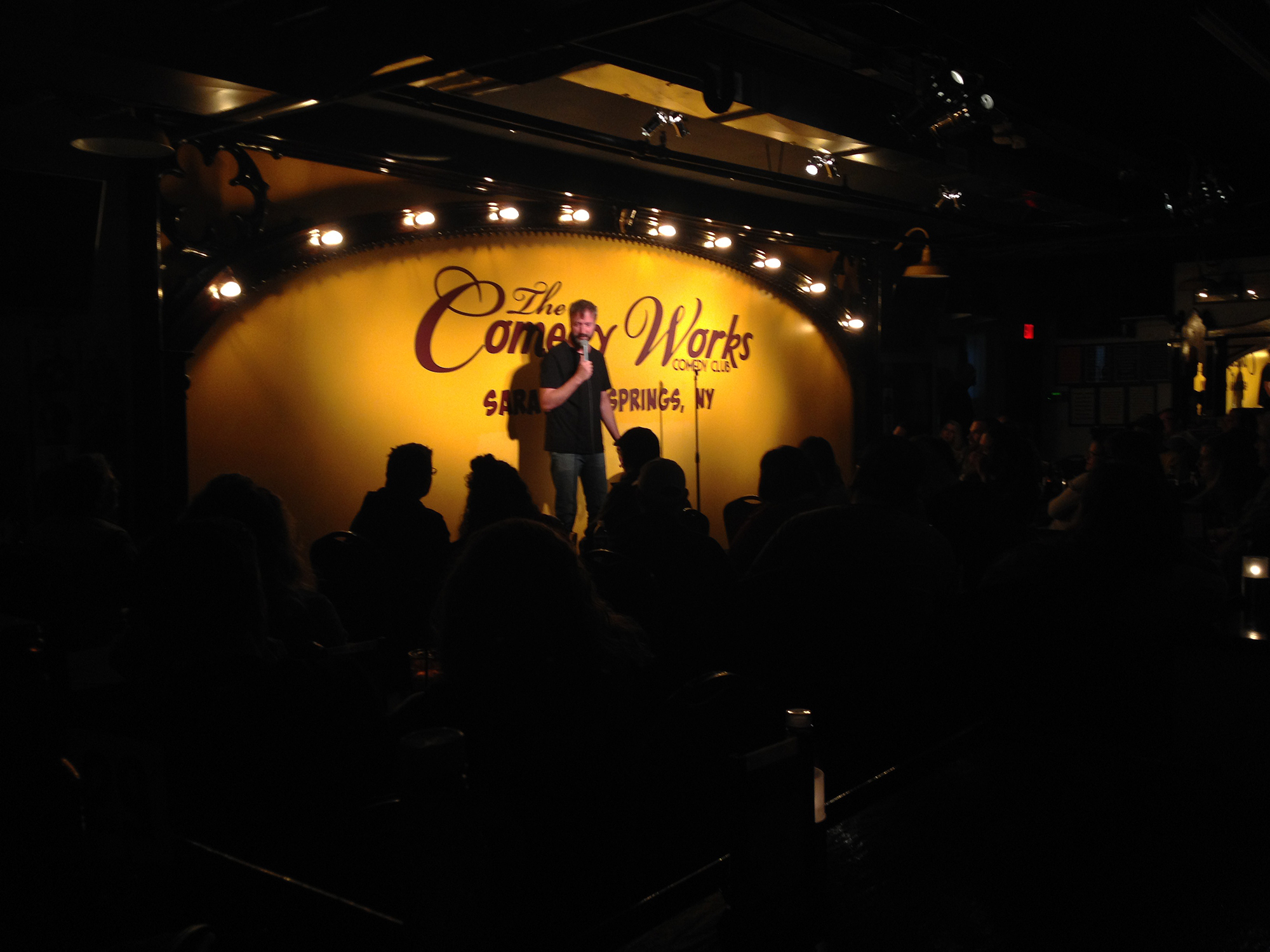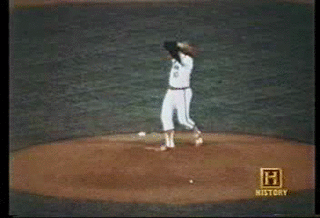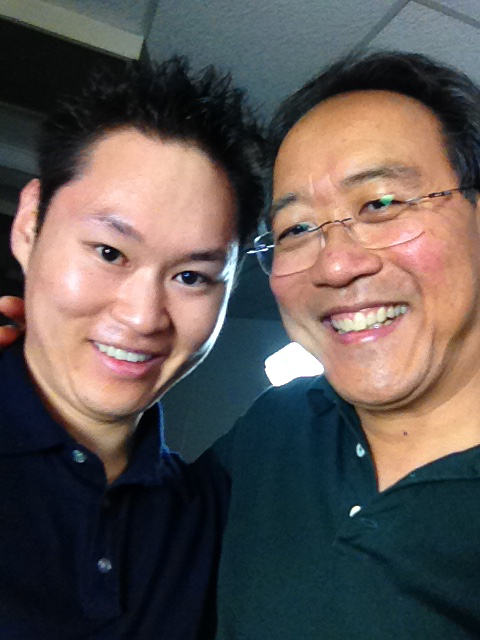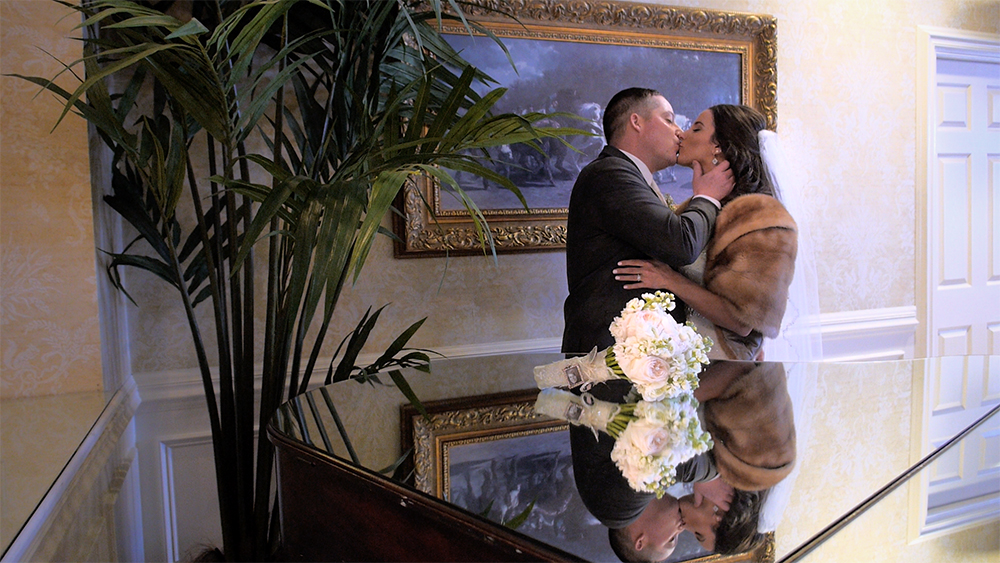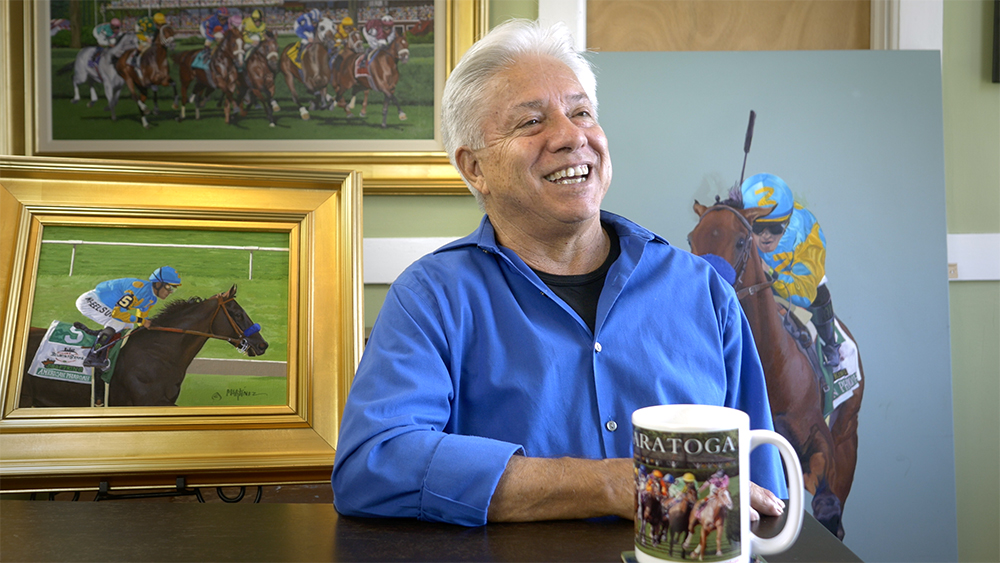The other year I enrolled in a motion graphics and animation course (AR-358) at my alma mater for the fall semester. I entered the course hoping to gain more proficiency in Adobe After Effects, and ended up gaining more in the process. The critiques, in-class discussions, readings, artist presentations, and writing assignments all played a role in helping how I think about, appreciate, and see art, and in turn, existence. I feel grateful for having had the opportunity to take the class, and this blog I’d like to share my reading response assignments.
The theme of the reading response below was “time” and the selected readings for it were: The Shape of Time by George Kubler and A Time Apart by Paul Chan. The selected pieces of art were: Felix in Exile by William Kentridge, The Powers of Ten by Charles and Ray Eames, and Grosse Fatigue by Camille Henrot.
The readings indicate that Kubler and Chan share similar perspectives about time. I interpret the concepts of biological and historical time that Kubler references to be very similar to the chronos and kairos time that Chan discusses.
Biological time is “uninterrupted durations of statistically predictable lengths”, and chronos time is “without content or meaning beyond its own linear progressing”; and both can be likened to viewing time in an absolute and quantitative sense.
Historical time “is more intermittent than it is continuous, and the intervals between the actions are infinitely variable in duration and content”, and similarly, kairos time is “neither uniform or predictable”. Both Kubler and Chan see historical and kairos time as more appealing and relevant to producing powerful pieces of art compared to biological and chronos time.
I see the theories of time presented in the articles as being applicable to virtually any part of life; which includes film, history, and art. One of the topics discussed in the Bordwell and Thompson reading on narrative as a formal system is “screen duration”, which I liken to Kubler’s description of biological time, where time is measured in an absolute manner. I see historical time and kairos time being similar to the “story duration” of a film, where unimportant or irrelevant moments in time can be skipped over, making way for only the parts that push the story forward. The Bordwell and Thompson reading had me thinking about how commonplace it is for the “story durations” of films to span much longer than the actual “screen durations”, and found it perplexing how easily the mind of the viewer accepts large chunks of time being skipped over throughout a film. However, these recent readings on the theories of time have helped me see that when the human mind recalls information, it naturally skips over the uneventful moments (chronos time); so in essence, the time remapping that’s commonplace in films is actually how the mind naturally operates.
These theories of time have changed how I view history by giving me a clearer perspective on how only the events that are deemed important (historical/kairos time) get passed down to future generations and that the uneventful moments (chronos time) vanish from existence. This makes me think of the of the classic paradigm of “if a tree falls in a forest and no one is around to hear it, does it make sound?”, in that in order for something to be remembered, there must be someone to perceive it. If something isn’t perceived as significant, then it won’t be stored in anyone’s mind, and it will cease to be; which is humbling to think about.
I found Chan’s reference to platonic aesthetics insightful for understanding kairos time, and it made me think about how I perceive art. Chan describes platonic aesthetics as being “based on the principles of harmony, symmetry, and measure”. To me, a good example of art that fits the platonic aesthetics criteria is a well-composed orchestral score that comes together so flawlessly, that it provokes a very powerful feeling within the audience, and for me, a feeling of awe at what humans are capable of creating.
That being said, Chan makes an interesting point in stating that “art that works best does so by making a mockery of meaning”. When I see art that fits this model, it makes me feel an emotion that I can’t quite describe, but would say that it’s a mixture of melancholy and unease. Chan describes this kairological art as being “mortal”, in that it makes us realize “how little time there is left”, which would explain why I feel a sense of unrest when viewing art that fits this category.
While Chan may heavily favor art that goes against platonic aesthetics, I see importance in the creation of an assortment of art where some of it follows the platonic aesthetics and some deliberately goes against it. I find pieces of art that follow platonic aesthetics offer a sense of harmony, while pieces that go against the mold to evoke contemplation, which I see as being similar to the concept of the yin and yang.
For my own time based work, I’ve always strived to create pieces of art that attain a “unity-in-plurality” that characterize platonic aesthetics. While I certainly appreciate art that “makes a mockery of meaning”, I would prefer to attempt to create something that flows together and has unity.
Another way that the theories of time have made me think about my own time based work is that they have reinforced my belief in the importance of skipping over unimportant events (chronos time) and only include moments that are relevant to strengthening the cohesiveness of the piece.
After watching the Felix in Exile piece, I wasn’t quite sure what was being portrayed, so I did some online research on it. One source states that it “could be read as an attempt to construct a new national identity through the preservation, rather than erasure, of brutal and racist colonial memory” (tate.org.uk) of South African history. The preservation of the events would be a perfect example of historical time that Kubler makes reference to, where specific events get remembered as opposed being completely erased from the history books and blocked from the minds of future generations. If those events had been erased from history, that period of time could be likened to chronos time, where it’s as if those dark events never existed at all, and in effect, completely disregard the people that endured insufferable pain. The clips of the murdered bodies transforming and disappearing into the future landscape at the 6:25-6:38 marks are particularly telling of how easy those who died could have been forgotten if there was a complete erasure of that period of time.
It was interesting to think about the vastness of both the universe and human body when viewing the Powers of Ten video, and a line in it that closely relates to the readings is “notice the alternation between great activity and relative inactivity. A rhythm that will continue all the way into our next goal” (5:16-5:22). The relative inactivity found in space can be seen as chronos time and the moments of high activity can be likened to both historical time and kairos time.
While I wasn’t able to find a full version of the Grosse Fatigue piece, it appears that Henrot attempts to feature all of the major events in the creation of the universe from both a scientific and anthropological viewpoint. Grosse Fatigue relates to the theories of time because the creation of the universe was a lengthly process with long biological timespans of chronos time, and only the moments that created “a profound change or rupture of some kind” (historical/kairos time) are represented.
Date Written: 12/6/2016
Powers of Ten (one of the videos from the reading response):
